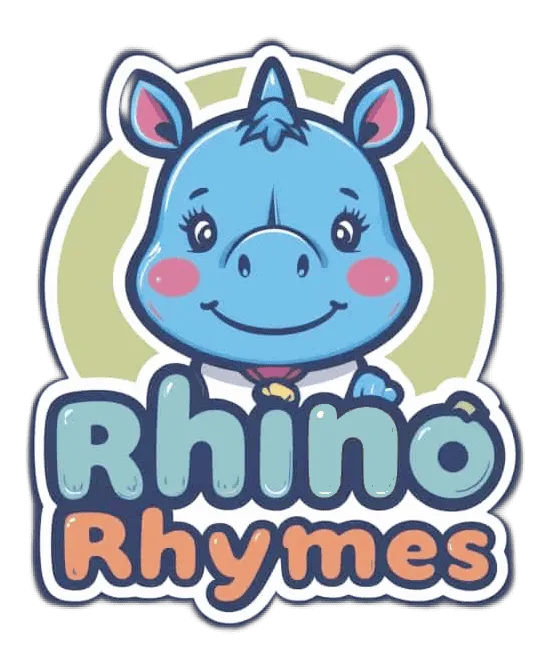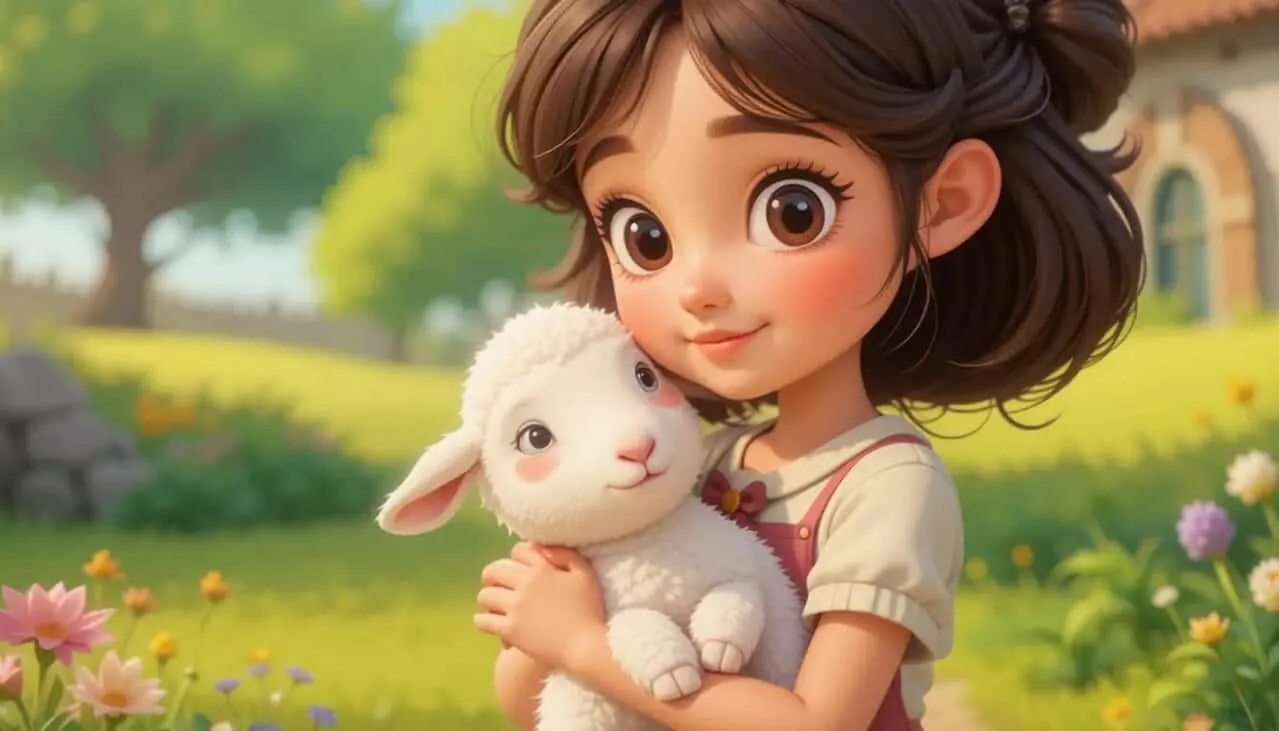Mary Had a Little Lamb is one of the most recognizable nursery rhymes in the world, with its origins deeply rooted in American history. The rhyme, first published in 1830 by Sarah Josepha Hale, tells the story of a young girl named Mary and her devoted lamb. The poem’s popularity has endured for centuries, but its true story is more complex than one might expect.
The Rhyme’s Words
The nursery rhyme goes as follows:
Mary had a little lamb,
Little lamb, little lamb.
Mary had a little lamb,
Its fleece was white as snow.
And everywhere that Mary went,
Mary went, Mary went.
Everywhere that Mary went,
The lamb was sure to go.
It followed her to school one day,
School one day, school one day.
It followed her to school one day,
Which was against the rules.
It made the children laugh and play,
Laugh and play, laugh and play.
It made the children laugh and play
To see a lamb at school.
And so the teacher sent it out,
Sent it out, sent it out.
And so the teacher sent it out,
But still it lingered near.
It stood and waited round about,
Round about, round about.
It stood and waited round about,
Till Mary did appear.
“Why does the lamb love Mary so,
Mary so, Mary so?
Why does the lamb love Mary so?”
The little children cry.
The True Story Behind the Rhyme
The inspiration for “Mary Had a Little Lamb” is attributed to Mary Elizabeth Sawyer, a young girl from Sterling, Massachusetts. In 1815, Mary, then nine years old, discovered a sickly newborn lamb that had been abandoned by its mother. With her father’s permission, she nursed the lamb back to health, and it became her devoted companion. The lamb would follow Mary everywhere, including to school, which became the basis for the nursery rhyme.
Controversy Over Authorship
While Sarah Josepha Hale is credited with publishing the poem in 1830, there is some controversy over its authorship. John Roulstone, a student at Mary’s school, is said to have written the original poem after witnessing the lamb follow Mary to school. However, this claim has never been proven, and Hale’s publication remains the most widely recognized version.
Legacy and Cultural Impact
“Mary Had a Little Lamb” has become a cultural icon, symbolizing the bond between humans and animals. The rhyme has been set to various melodies over the years, with Lowell Mason’s 1830 version being one of the earliest. Today, it is commonly sung to a tune similar to “Merrily We Roll Along”.
“Mary Had a Little Lamb” is more than just a nursery rhyme; it is a testament to the enduring power of kindness and companionship. Its origins, though complex, highlight the importance of empathy and understanding in our relationships with animals and each other.
For more nursery rhymes, please feel free to check out our other articles, such as three blind mice or row, row, row your boat.

